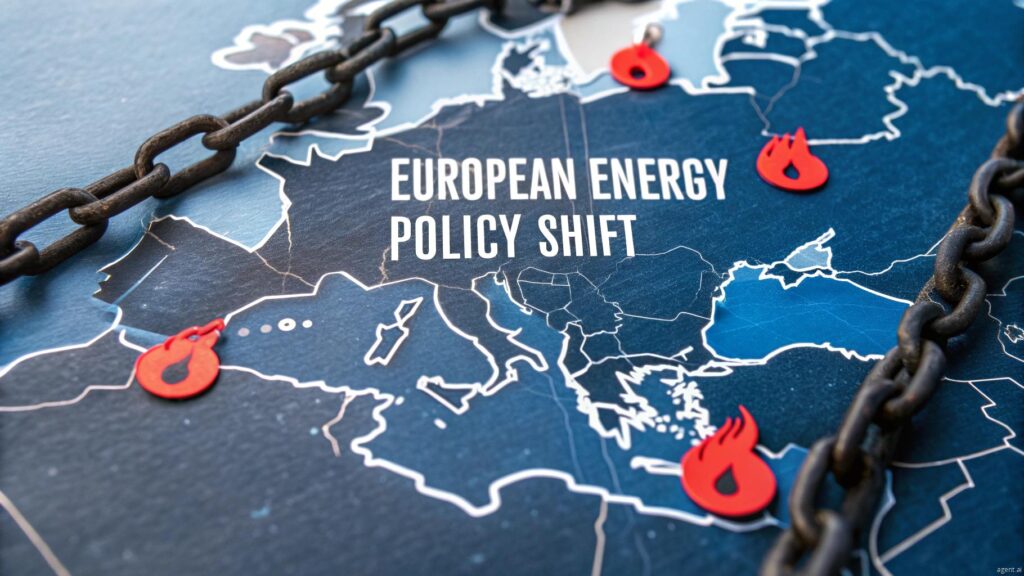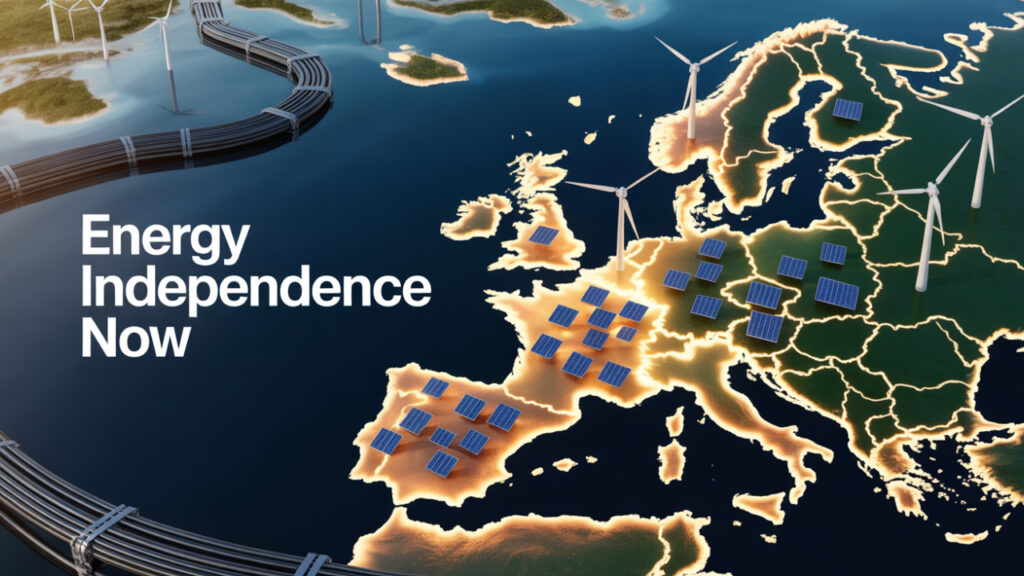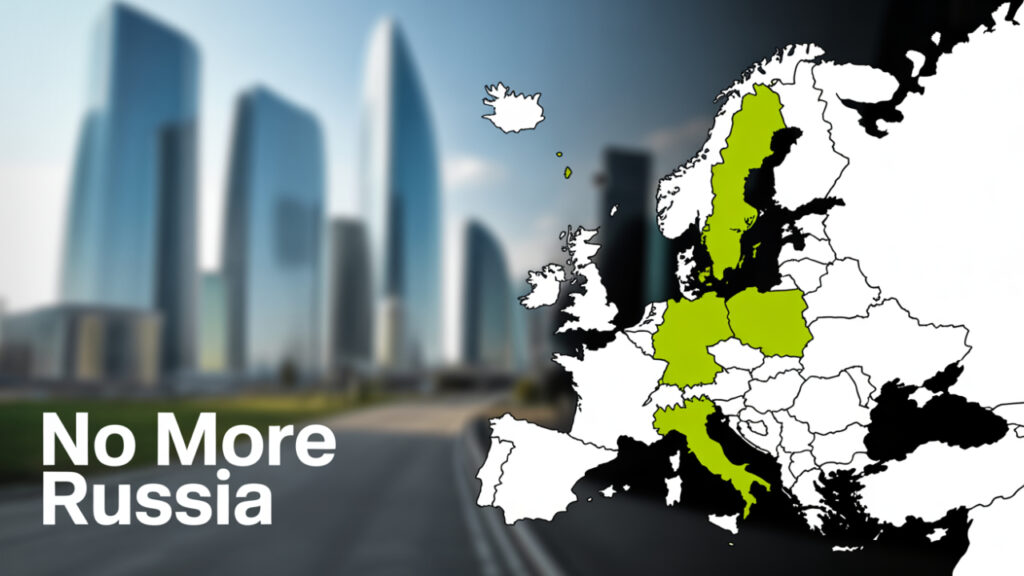By MRA Digital | June 18, 2025

As the war in Ukraine continues with no clear end in sight, European countries are beginning to rethink the way they power their economies. For years, much of the continent depended heavily on Russian oil and gas. That arrangement, once seen as practical, is now viewed by many leaders as a vulnerability.
The change in attitude has been gradual but is becoming more visible. What was once a background policy issue has moved to the center of Europe’s political stage.
Rethinking a Longstanding Dependence
In the decades after the Cold War, energy trade between Europe and Russia expanded steadily. Gas pipelines ran under the Baltic Sea. Oil tankers arrived at western ports. Prices were competitive and supply was mostly stable.
But the conflict in Ukraine has altered the calculation. The annexation of Crimea, followed by full-scale war, forced governments to confront the risks of relying on a supplier now widely seen as a geopolitical adversary.
A Difficult but Growing Consensus
Public pressure and shifting priorities have led to a broad, if uneasy, agreement across much of Europe. Many officials now say the region must reduce its exposure to Russian energy. In some cases, countries have already cut purchases. In others, contracts remain but expiration dates are being eyed more closely.
There is no unified pace. Some states are moving faster than others. But the direction is unmistakable.
Economic Costs Are Being Felt
Turning away from Russian supplies has created problems. Fuel prices have climbed in many parts of Europe. Energy-intensive industries have scaled back or postponed projects. Households in colder countries have received government support just to keep heating affordable.
The transition is expensive. Politicians are well aware that voters are watching.

Looking Elsewhere for Supply
To close the gap, Europe is turning to other countries. Norway, Algeria, and Qatar have all stepped in to boost exports. Liquefied natural gas shipments from the United States have increased. New terminals and storage facilities are being built to handle the change in supply chains.
These partnerships are not only about economics. They are being presented as steps toward energy independence.
Renewables Are Getting a Boost
Solar, wind, and hydropower are no longer niche technologies. They are now central to Europe’s energy future. Investments are growing, and infrastructure is being upgraded. Some governments are offering subsidies for home solar panels. Others are funding offshore wind farms.
This is not a short-term fix. But over time, renewables could reduce the need for any imported fuel—Russian or otherwise.
Environmental Goals Remain in Focus
Even as the continent scrambles to replace lost supply, climate goals remain part of the picture. The European Union still aims to become carbon-neutral by 2050. The current crisis has slowed some progress, but it has also strengthened the argument for cleaner energy.
The link between fossil fuels and geopolitical risk is now impossible to ignore.
Politics, Protests, and Public Pressure
Energy policy is rarely simple. In recent months, protest movements have emerged across Europe. Some are calling for faster action. Others demand more support for struggling families. Political leaders are under pressure from both sides—push for long-term reform, but protect people from immediate harm.
Debates in parliament and on the streets have grown louder. Energy has become a daily topic.
What It Means for Ukraine
Reducing purchases from Russia has been described by European leaders as both an economic and moral decision. It lowers Moscow’s revenue, while sending a clear message of support for Kyiv.
Ukrainian officials have welcomed the moves. Some have called for a complete embargo. While that remains unlikely for now, momentum continues to build.

Looking Ahead
The changes underway are not temporary. They reflect a long-term reconsideration of how Europe thinks about energy, security, and sovereignty. There are still gaps in supply and disagreements about timelines, but the shift has started.
It is too early to say how this story will end. But what is clear already is that Europe is no longer comfortable depending on Russia for its fuel.
Frequently Asked Questions
Why is Europe cutting energy ties with Russia?
Because the war in Ukraine raised fears about over-dependence on a politically unstable partner.
Who is supplying Europe now?
New energy is coming from the United States, Norway, North Africa, and Middle Eastern countries.
What role are renewables playing?
They are becoming central to energy planning, with increased funding and public support.
How has the public responded?
There is strong support for change, but also concern about rising prices and inflation.
What impact will this have on Ukraine?
Reducing Russian energy revenue weakens its war economy and strengthens Europe’s support for Ukraine.









